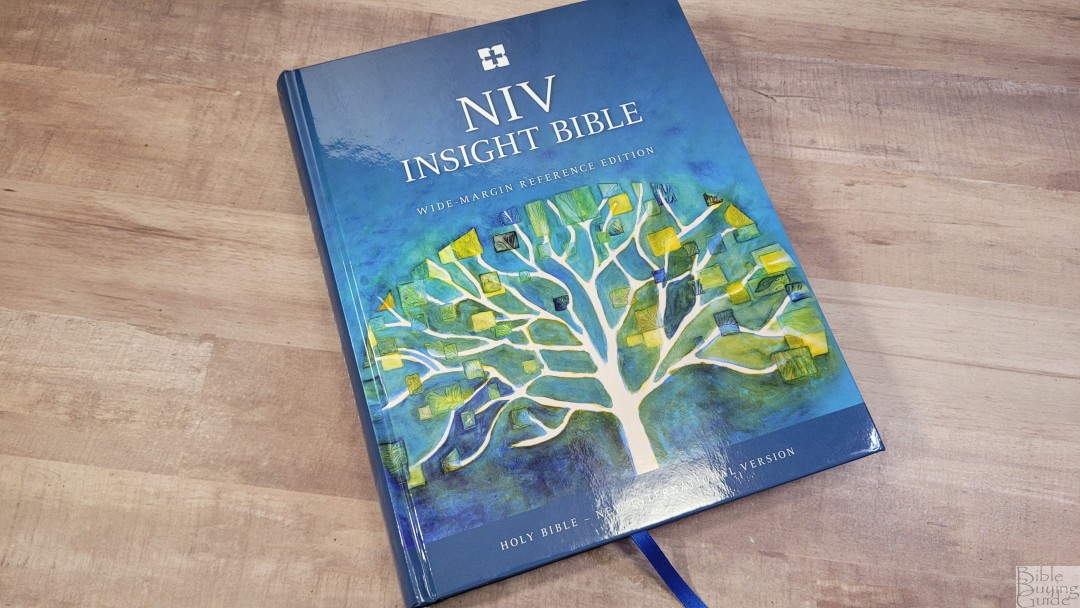
The NIV Insight Bible from Cambridge is a USA-only version of their wide margin NIV. This is a hardcover edition. It matches the Pitt Minion but has a larger font. This is ISBN: 9781316512029, printed and bound in the Netherlands by Royal Jongbloed.
Cambridge provided this Bible in exchange for an honest review. I was not required to give a positive review, only an honest one. All opinions are my own.
_________________________________________________________
This Bible is available at (includes some affiliate links)
and many local Bible bookstores
_________________________________________________________
Table of Contents
- Video Review
- Binding
- Paper
- Typography and Layout
- References
- Concordance
- Note Pages
- Bible Atlas
- Comparisons
- Conclusion
Video Review
Binding

The hardcover looks and feels very much like a textbook. The front includes the logo. text, and artwork. The spine includes the logo and text. On the back is promotional material including the specs and a sample of the print. The spine is rounded, which is my personal preference. The binding is sewn and it seems to be reinforced. It has no trouble staying open perfectly to any page.


It includes one blue 1/4″ ribbon that comes 3″ out of the block, making it long enough to pull to the corner to open easily. The overall size is 7 5/8 x 9 1/2 x 1 3/8″. It weighs 2 lbs, 11.7 oz. It doesn’t feel like a large Bible. It does feel like carrying a textbook, but the size and weight are great for carrying.
Paper
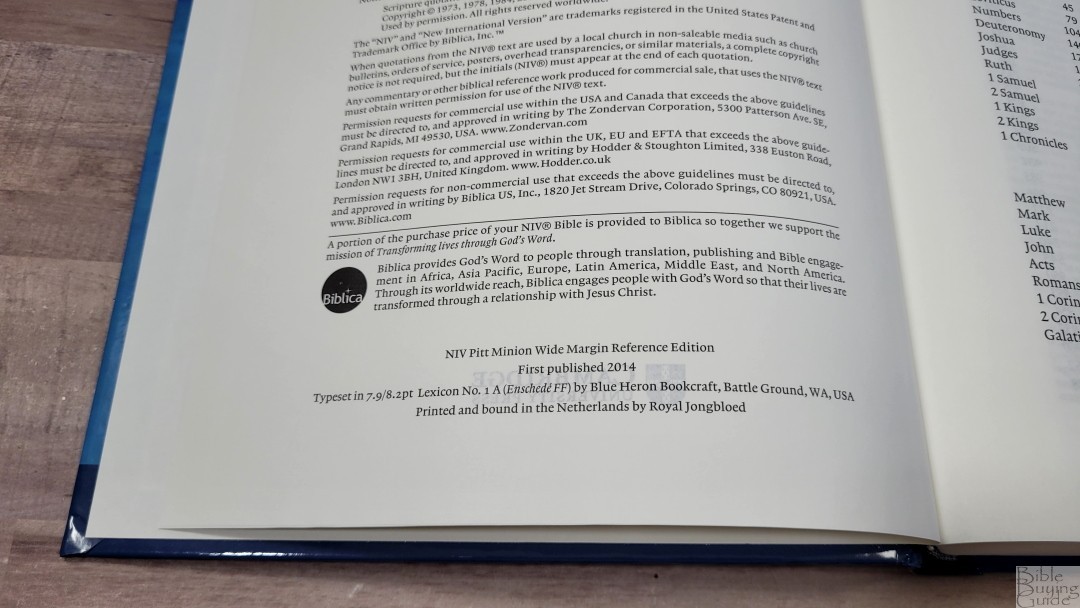
The paper is 38gsm writable Bible paper. It has a slightly cream color and it’s extremely opaque, making it great for reading, highlighting, and taking notes. It has a smooth texture and the pages are easy to grab and turn. It has a thick end sheet to give it structure, but it doesn’t include family pages or a presentation page. The page edges are white.
Typography and Layout


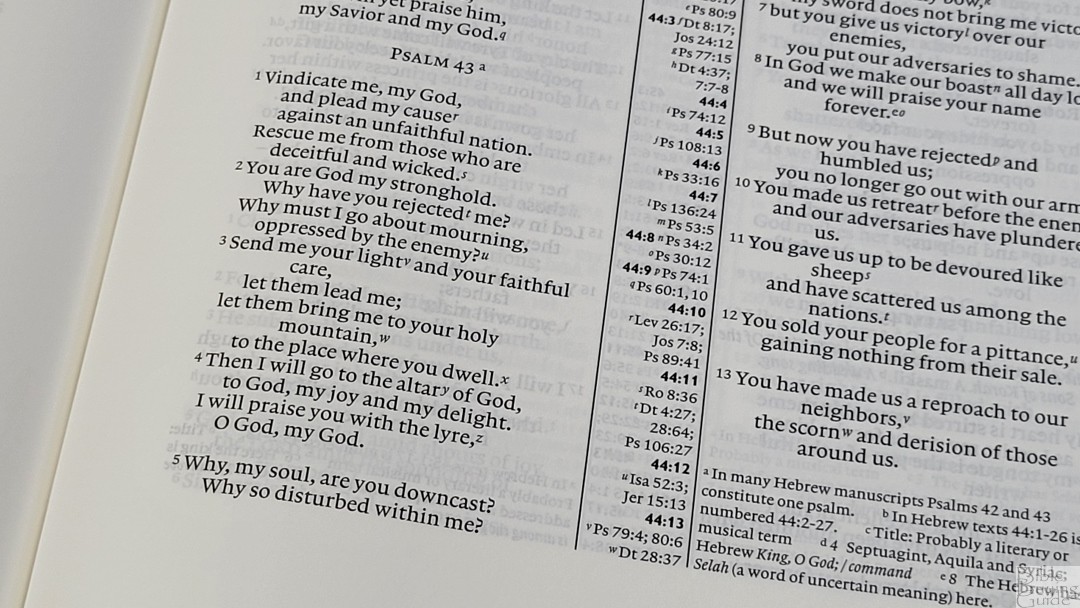
The layout matches the NIV Pitt Minion, making them a great combo. The 2011 NIV text is presented in a double-column, paragraph layout with center-column cross-references and poetry set to stanzas. The NIV translation footnotes are placed under the last verse. If there are too many cross-references to fit in the center column the rest are also placed under the last verse on the page. The header shows the book name and chapter number in the outer margin and the page number in the inner margin. Section headings are in italics. For me, they’re easy to use when I want to use them and easy to ignore when I’m just reading.
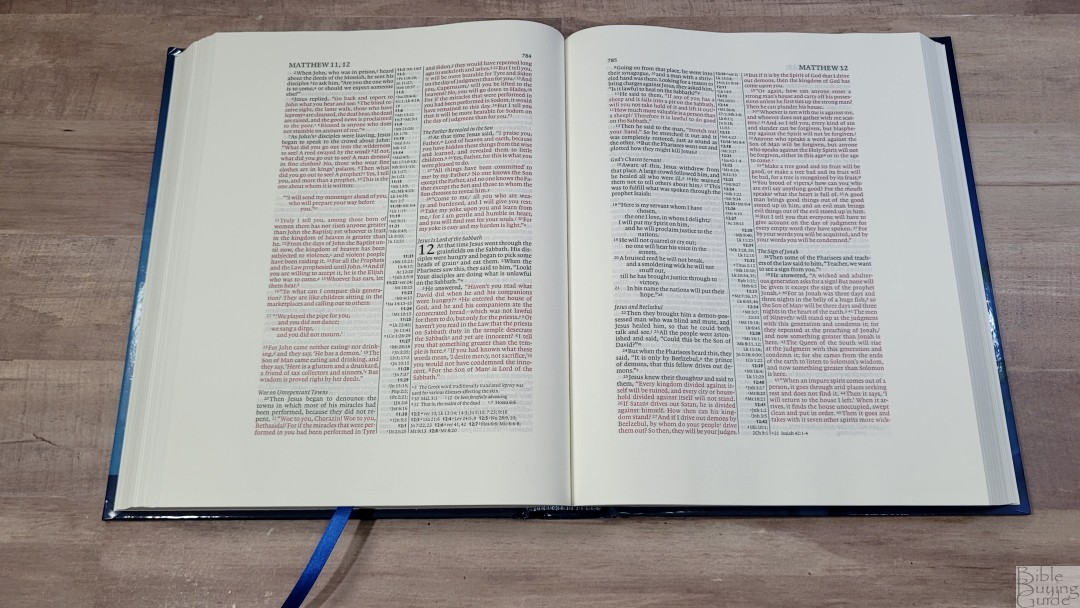
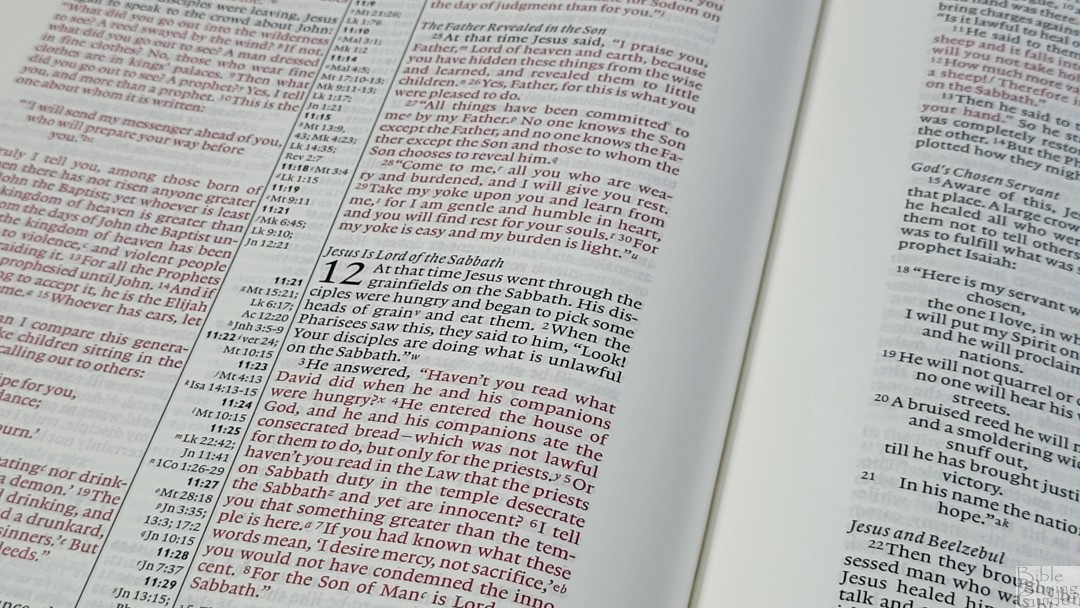

Typeset in 7.9 with an 8.2 leading in Lexicon No. 1. This is a red-letter edition. The black and the red letters are about a medium to dark shade in darkness and they’re consistent throughout. It has around 8 words per line. It was printed with line-matching, so the lines of the text line up on both sides of the page to reduce show-through. The show-through is minimal due to the high opacity of the wide margin paper. The text is a little tight, but I do find it easy enough to read. Verse numbers are small and light, so they can be difficult to find quickly.
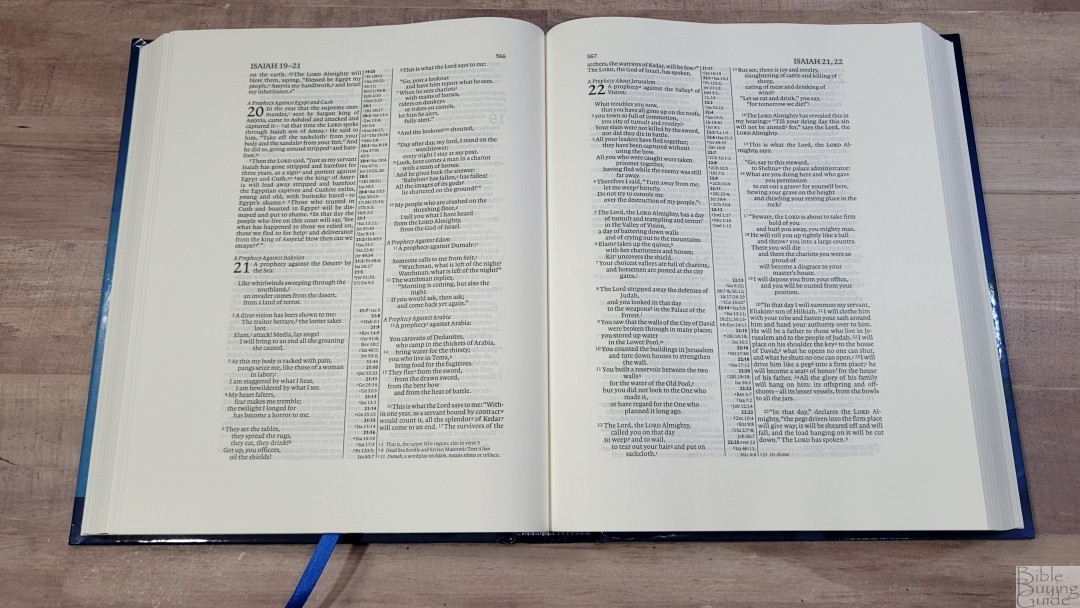
The poetic setting looks good. Like all Pitt Minion poetic layouts, the lines go all the way to the edge of the column and then indent to the next line, leaving many poetic lines with one word.
Wide Margins
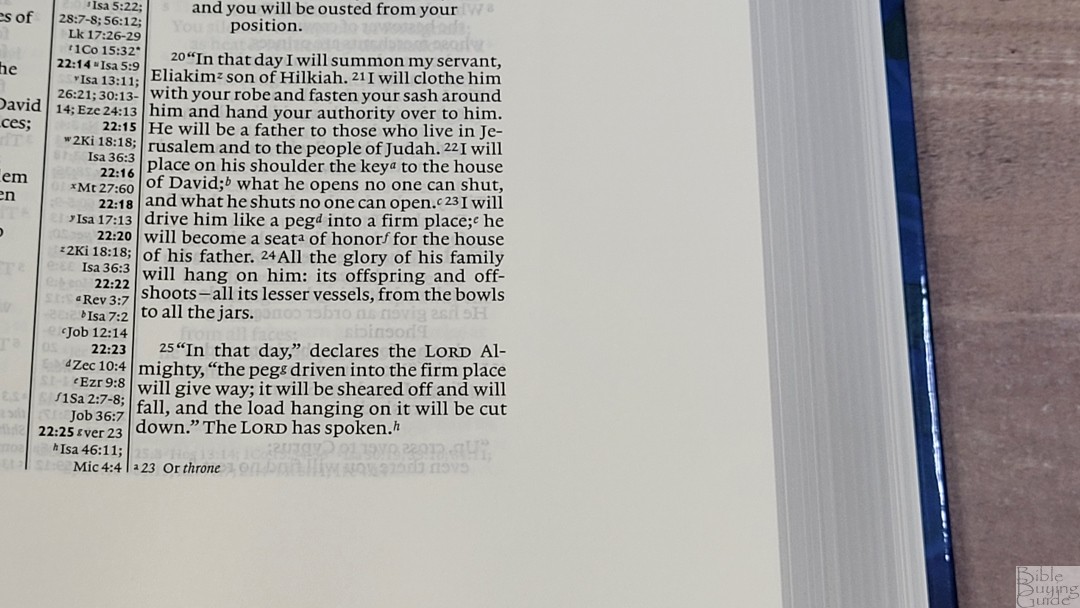
The margins are 1 1/5 for the outside, 7/8 for the inside, 1 1/8 for the bottom, and 5/8″ for the top. The inner margin can be a little difficult to use since it’s smaller. I haven’t written in this one (I didn’t want to mark it just for photos), but I have written in several wide margin editions from Cambridge with this same paper and it’s great for note-taking and highlighting. I recommend Pigma Microns for notes and dry highlighters from GT Luscombe for marking the text.
References

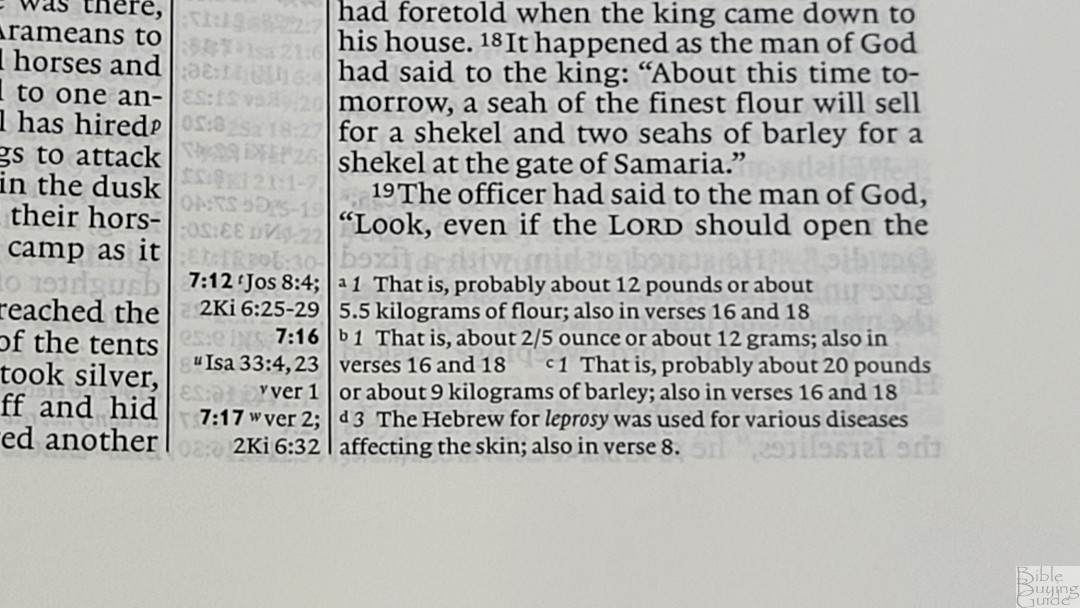
Cross-references are placed in the center column and footnotes are placed within the text in the bottom right corner of the page and stand apart from the text. I like this layout design. It makes the references and footnotes easier to find. It has a good amount of references, but not as many as other NIV editions. It matches the Clarion and Pitt Minion.
- Genesis 1:1 – Jn 1:1-2; Job 38:4; Ps 90:2; Isa 42:5; 44:24; 45:12, 18; Ac 17:24; Heb 11:3; Rev 4:11
- Deuteronomy 6:4 – Mk 12:29; 1 Cor 8:4
- Isaiah 9:6 – Ias 53:2; Lk 2:11; Jn 3:16; Mt 28:18; Isa 28:29; Isa 10:21; 11:2; Isa 26:3, 12; 66:12
- Matthew 28:19 – Mk 16:15, 16; Lk 24:47; Ac 1:8, 14:21; 2:38; 8:16; Ro 6:3, 4
- Mark 12:29 – x
- John 1:1 – Rev 19:13; Jn 17:5; 1 Jn 1:2; Php 2:6
- John 3:16 – Ro 5:8; Eph 2:4; 1 Jn 4:9, 10; ver 36; Jn 6:29, 40; 11:25, 26
- Acts 2:38 – 8:12, 16, 36, 38; 22:16; Lk 24:47; Ac 3:19
- Rom 10:9 – Mt 10:32; Lk 12:8; Ac 2:24
- 1 John 1:1 – Jn 1:2; Jn 1:14; 2 Pe 1:16; Jn 20:27
Concordance
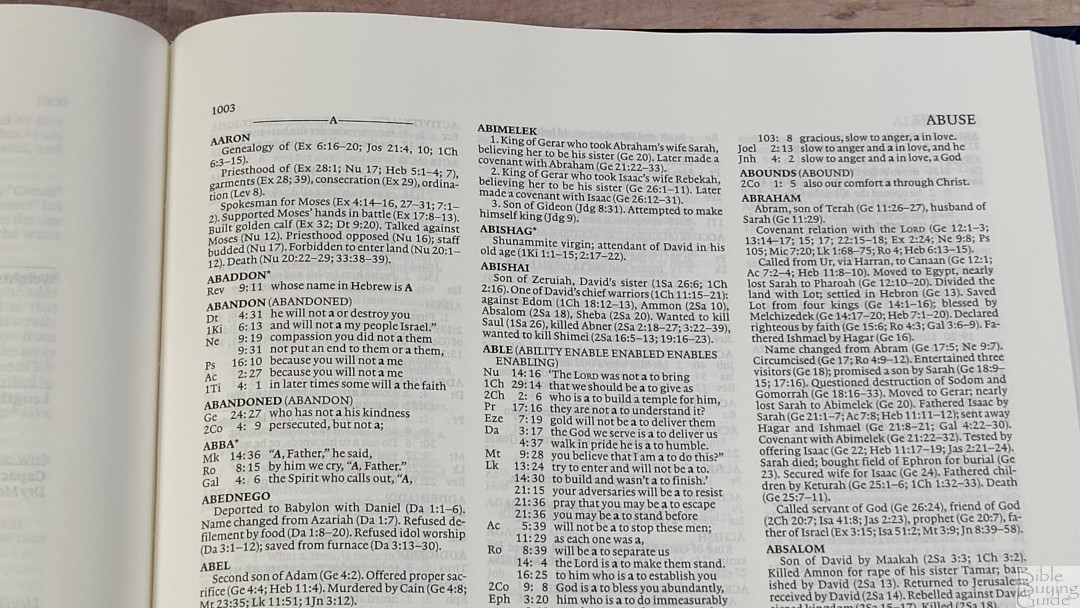
The Cambridge NIV Insights has a massive concordance with three columns per page. It has 4795 word entries and 36,000 Scripture references. They also include 339 biographical entries with context for each one. They’re in list order and are great for study and sermon prep. Here are a few example entries with their number of references to help you compare.
- Christ (Christ’s, Christian, Christians) – 169
- Christ’s (Christ) – 7
- Christian (Christ) – 2
- Christians (Christ) – 1
- Faith (Faithful, Faithfully, Faithfulness, Faithless) – 3 columns
- Faithful (Faith) – 92
- Faithfully (Faith) – 15
- Faithfulness (Faith) – 68
- Faithless (Faith) – 12
- God (God’s, Godliness, Godly, Gods) – 9 columns
- God-breathed (Breathed) – 1
- God-Fearing (Fear) – 7
- God-Haters (Hate) – 1
- God’s (God) – 30
- Godless – 2
- Godliness (God) – 8
- Godly (God) – 4
- Gods (God) – 8
- Jesus – 2 columns, 5 major topics with multiple sub-topics, with many Scripture passages and references
- Life
- Miracles
- Major Teaching
- Parables
- Disciples
- Praise (Praised, Praises, Praising) – 112
- Praised (Praise) – 13
- Praises (Praise) – 7
- Praiseworthy (Praise) – 2
- Praising (Praise) – 5
- Pray (Prayed, Prayer, Prayers, Praying, Prays) – 35
- Prayed (Pray) – 19
- Prayer (Pray) – 32
- Prayers (Pray) – 9
- Praying (Pray) – 12
- Prays (Pray) – 1
Note Pages
In the back are lots of pages for notes. This is one of the things that sets Cambridge’s wide margin Bibles apart from most other publishers.
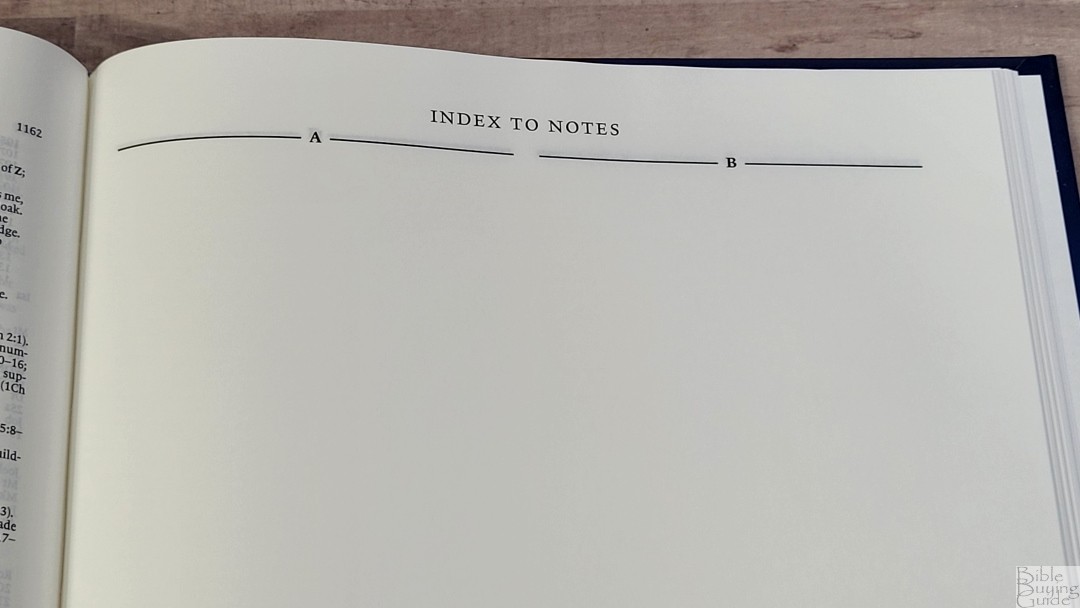
Index to Notes – This is 13 pages of Bible paper with two letters per page. The letters are headings that create two columns for every page. This is used to create an index for your notes. Enter a topic under the proper column and write the references where you’ve written notes on that topic.

Ruled Paper – This is 32 pages of college-ruled notebook paper for notes. The lines are divided in the center to create two columns per page. You can use this for any type of notes you want to add, such as lists, outlines, commentary, definitions, and lots more. This paper is a lot thicker than the regular Bible pages, but it doesn’t stand apart so there’s no awkward separation between the two types of pages.
Bible Atlas
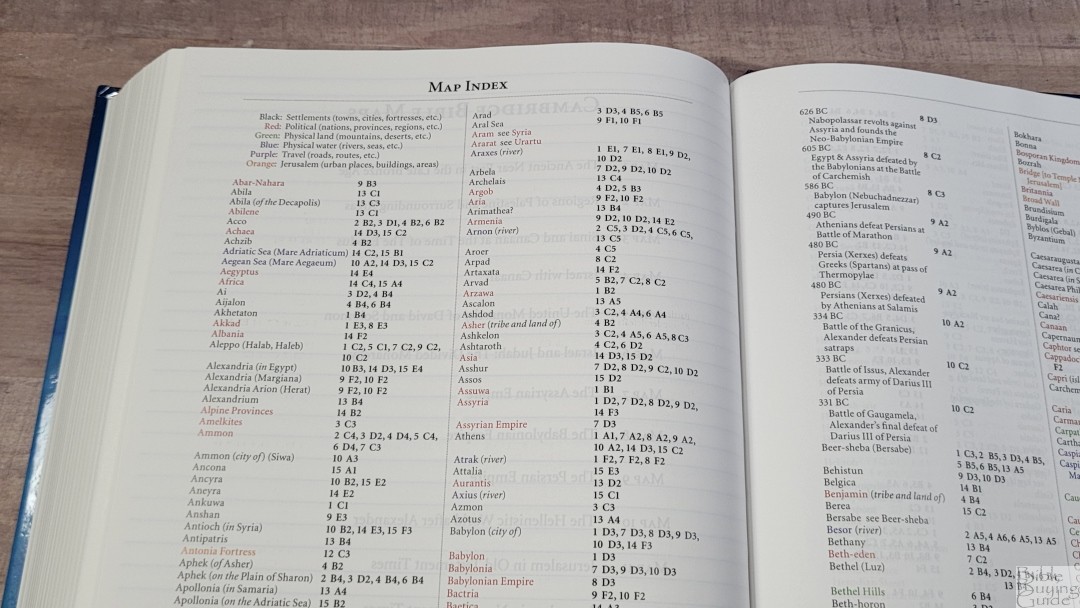
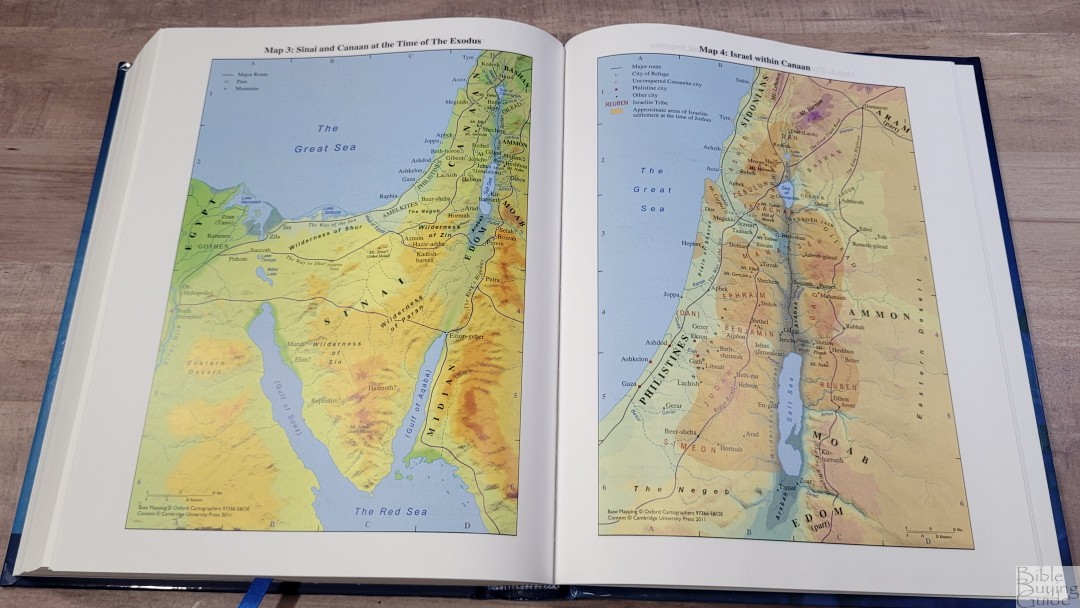
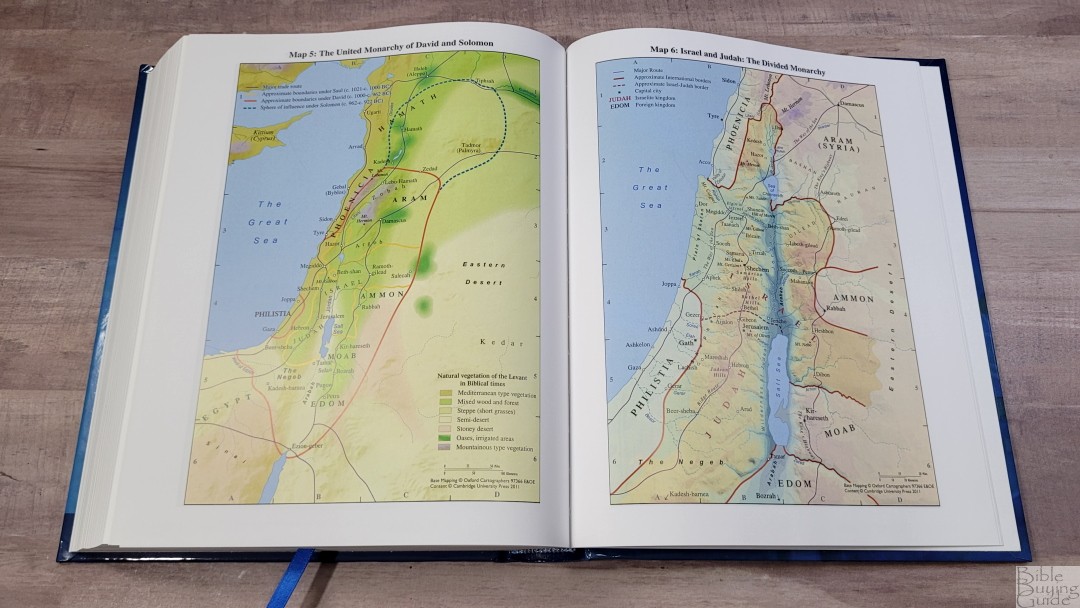
In the back are 15 full-color maps with an 8-page color-coded index. The maps are colorful and I find them easy to read and use. They’re printed on thick, non-glossy paper, which is my favorite paper for maps. They show routes, borders, water, distance topography, vegetation, cities, dates, battle sites, etc. The color-coded index shows settlements, political, physical land, physical water, travel, and Jerusalem.
Maps include:
- The Ancient Near East in the Late Bronze Age
- Regions of Palestine and Surrounding Areas
- Sinai and Canaan at the Time of the Exodus
- Israel with Canaan
- The United Monarchy of David and Solomon
- Israel and Judah: The Divided Monarchy
- The Assyrian Empire
- The Babylonian Empire
- The Persian Empire
- The Hellenistic World after Alexander
- Jerusalem in Old Testament Times
- Jerusalem in New Testament Times
- Palestine in the New Testament
- The Roman Empire
- The Eastern Mediterranean in the First Century AD
Comparisons
Here’s how Insights compares to the Pitt Minion and Clarion from Cambridge.
Pitt Minion


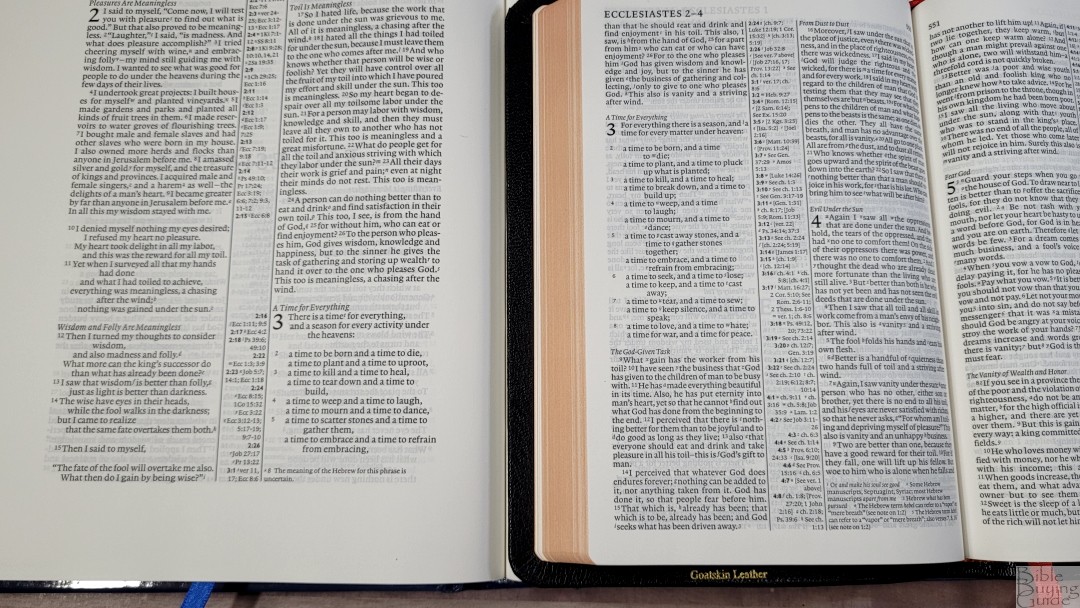
I don’t have the NIV Pitt Minion, but I did want to show the size comparison, so I’m showing the ESV. The pagination of the NIV Pitt Minion matches the Insight wide margin edition. It’s a much smaller and thinner Bible, but the font is only 1.4 points smaller. They make a great combo if you want one to carry and one to mark in.
Clarion
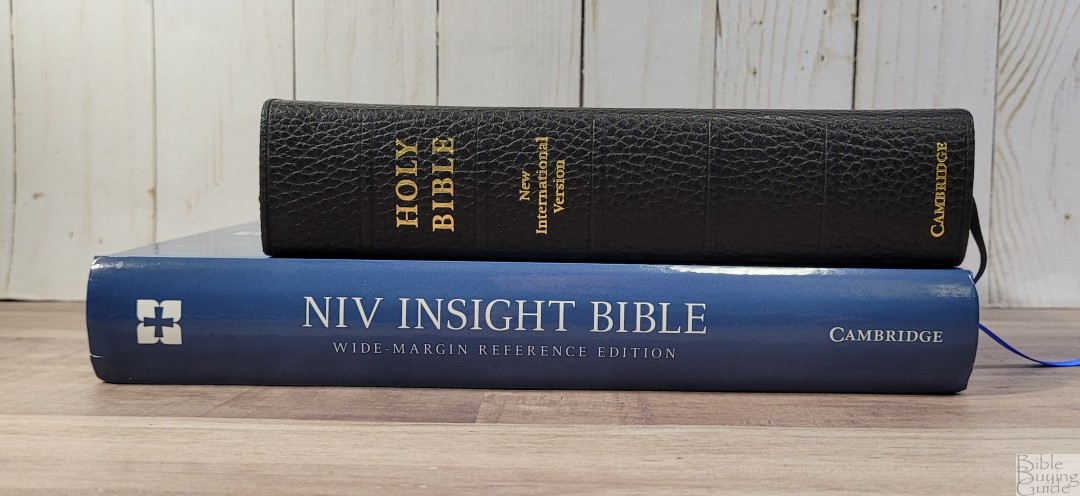
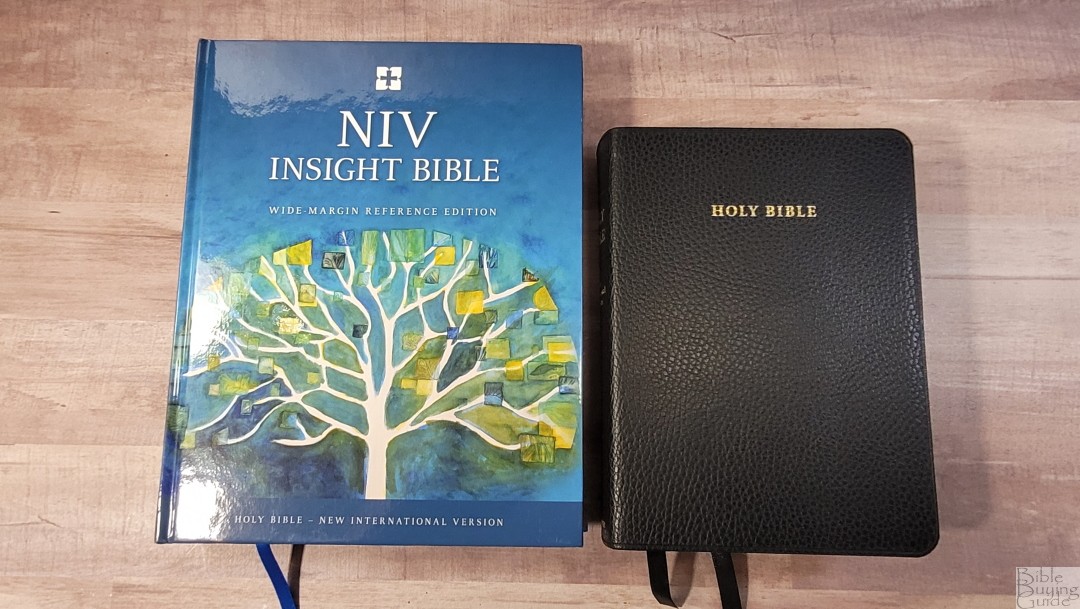
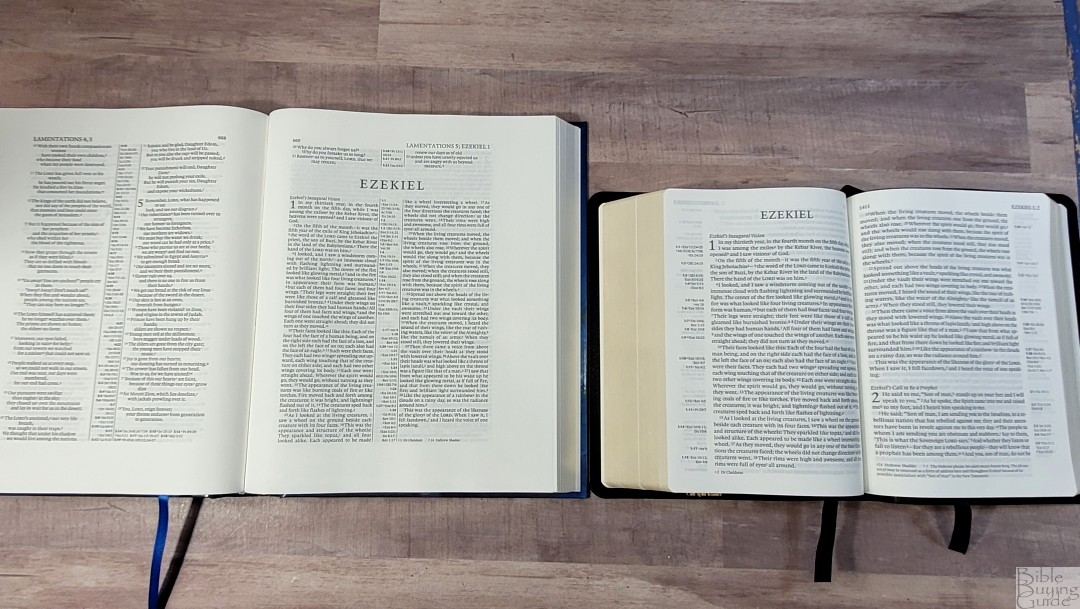
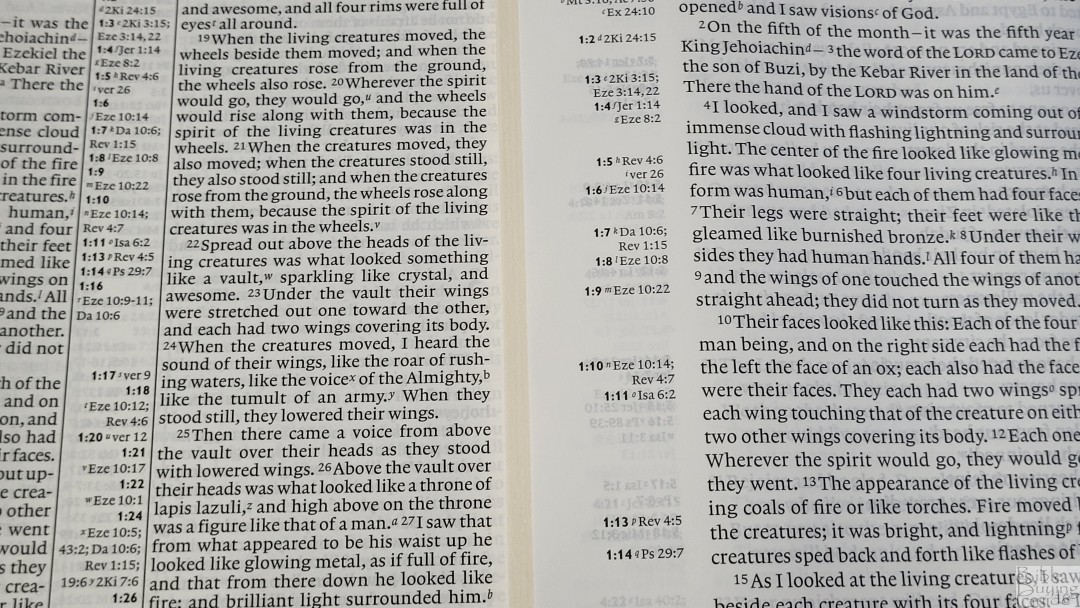
The NIV Clarion is a lot thicker and has a lot smaller footprint. The font is larger and it’s a better choice for reading and carrying. The paper is 28gsm, so it’s noticeably thinner. They have the same references, so they work well together. The concordance is large but not as large as the wide margin.
Conclusion
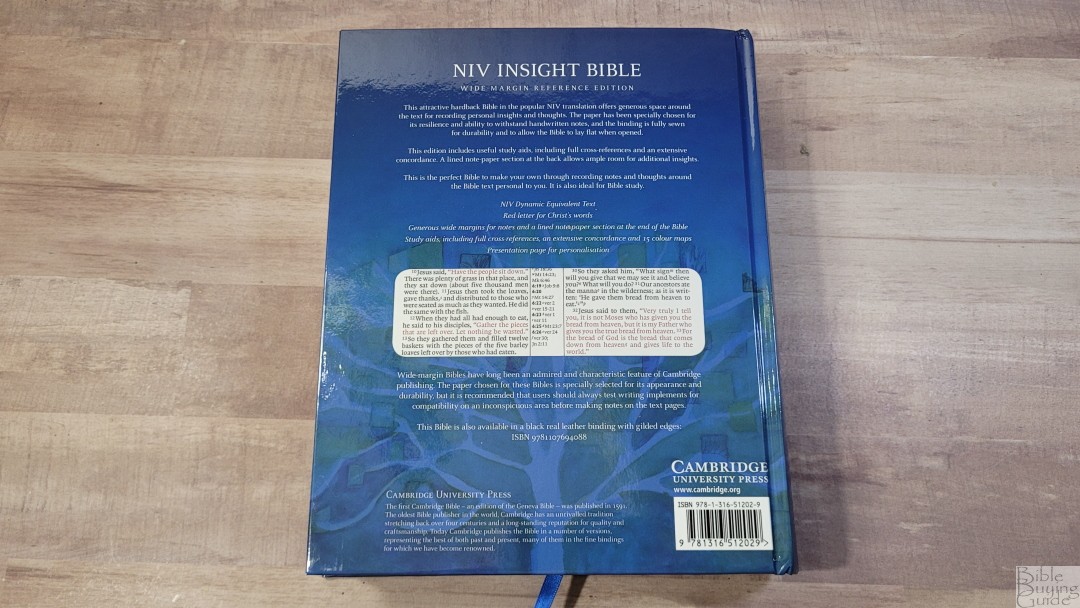
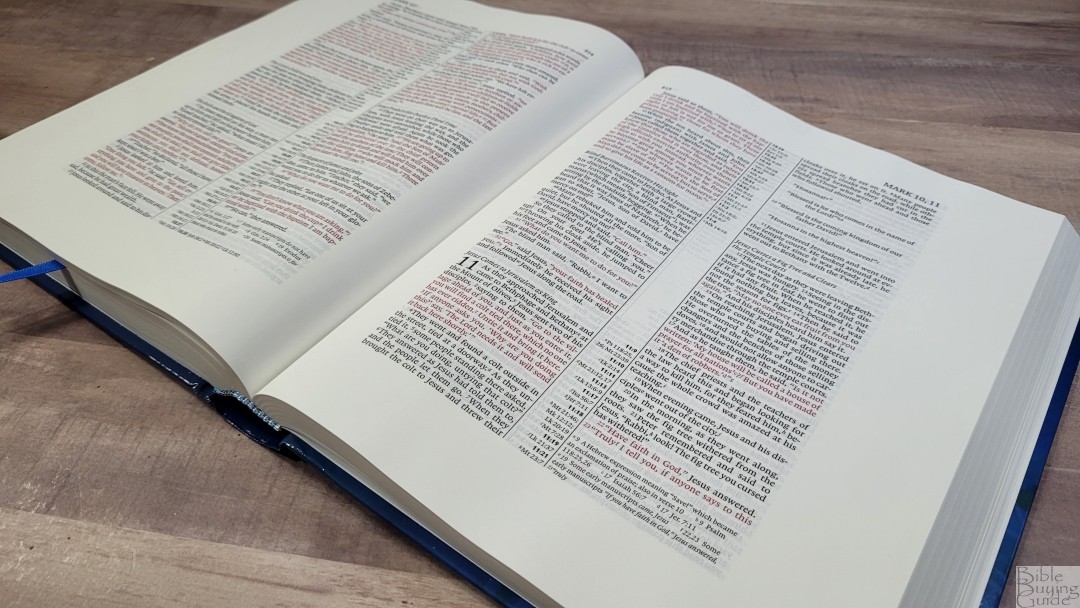
The NIV Insight Bible is a great choice for anyone interested in a low-cost NIV wide margin. It does have a textbook look and feel with the cover, but it’s priced to match. This makes the NIV insight an excellent starter wide margin for anyone wanting to try their hand at Bible marking without spending hundreds of dollars. If you’d like some tips on Bible marking, check out my book Easy Bible Marking Guide on Amazon.
_________________________________________________________
This Bible is available at (includes some affiliate links)
and many local Bible bookstores
_________________________________________________________
Cambridge provided this Bible in exchange for an honest review. I was not required to give a positive review, only an honest one. All opinions are my own.


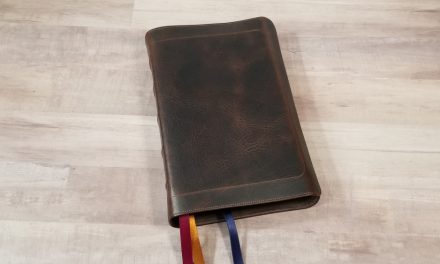

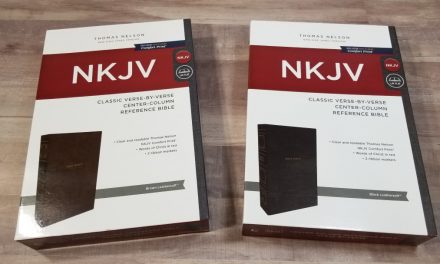
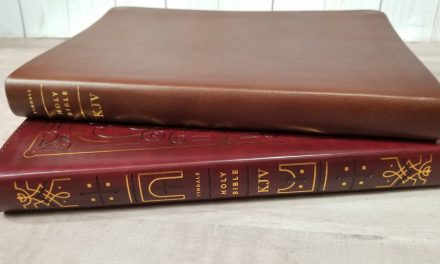






Recent Comments